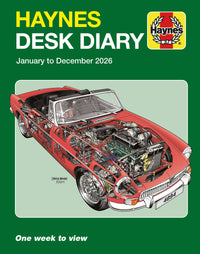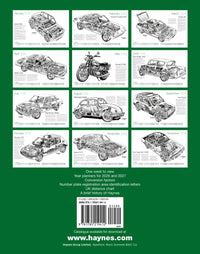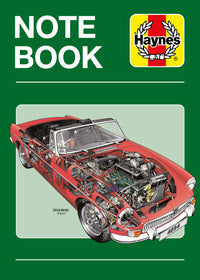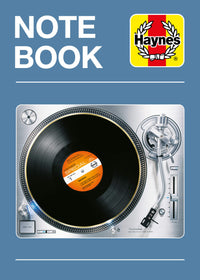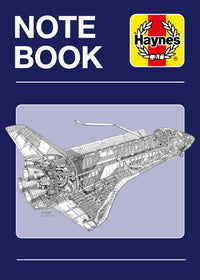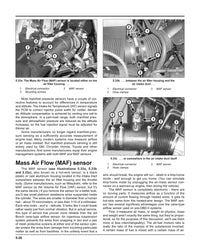When you think of Sweden, you think of meatballs, flat-packed furniture and Saab. And when you think of Saab, you inevitably think of the 900, which later became the 9-3. This train of thought is perfectly acceptable.
Despite the sad demise of Saab in recent years, the fact remains that Sweden is proud of its car, as are owners around the world.
Saab didn't fail because the cars were rubbish. It failed because it burned too bright and flew too close to the sun for the accountants. It was brave, it was bold and it was exciting. Qualities the 900 and 9-3 were dripping with.

The 900 Classic
Built from 1979 to 1993
The 900 was a strange-looking beast, largely because the car it took over from, the 99, was also a bit of an odd duck. Saab didn't conform to formulas, and as such, did things its own way. The 900 was a perfect demonstration of that. It wasn't an ugly car, per se, more 'interesting'.
The long nose was no accident, though; it offered exceptional crash protection. Underneath the forward-opening bonnet, things got a bit weirder. The 900 was front-wheel-drive, but the engine was longitudinally mounted. It was also slanted to 45 degrees.
Then, if that wasn't odd enough, the gearbox sat underneath. Power was taken from the front of the engine, then down to the gearbox and on to chain-driven gears that in turn powered the front wheels. Weird.
To spot a 900 Classic, you need to look for the chin. Saab 900s of this generation are famous for the long front overhang. Another giveaway is the side vent in the rear quarters. Finally, look for the tall, almost upright windscreen. Like we said, it's an unusual design.
Saab 900 fact: The 900 Classic was available as a two-door, a four-door, a five-door, a convertible and even as a camper!
- Get the Haynes manual for the Saab 900 Classic

The 900 NG
Built from 1993 to 1998
The 900 NG, or New Generation was an all-new car and was somewhat more 'normal' than its predecessor. Based very, very loosely around the Vauxhall Cavalier of the time, the 900 NG was billed as a luxury mid-sized family car. It was available as a hatchback (three or five-door) or convertible, with a saloon option no longer available.
Weird, considering the Cavalier on which it was based was available as a saloon. The engine was turned through 90 degrees to be put in a more conventional transverse position, and as before, it was available with or without a turbo. There was no diesel version, though.
To spot one, you need to look for the same uniform arrangement of headlights and grille. The grille has a distinct design, with two upright holes on the outer edge with two horizonal holes between. In the case of the hatch, many had a light and reflector arrangement that ran the full width of the car. A dead giveaway is inside, though, namely the location of the ignition - next to the hand brake.
Saab 900 fact: The 900NG was available with Sensonic transmission. It featured a normal manual gear lever, but no clutch pedal.
- Get the Haynes manual for the Saab 900 NG

The 9-3 first generation
Built from 1998 to 2002
The 9-3 was a bit of a weird one (but what else would you expect from Saab?) in that it was just a 900. Saab said it made upwards of 1100 changes, but they must have been very small, as the car looked exactly the same other than when it came to the badges.
Apparently though, the suspension was heavily re-worked to sort the wayward handling, the crashworthiness was improved, and in the case of the cabrio, the roof was hydraulic rather than electric.
A big change came in the form of a 2.2 turbocharged diesel engine borrowed from the Vauxhall stable, which made the 9-3 a far more attractive proposition to company car buyers of the time.
To spot one, you need to look closely. This is just a 900NG in all but the badge. As such, look for a slightly more styled grille and at the back, two-tone lights. Other than that, it's business as usual. If you're really unsure, just look at the number plate - if it's newer than 1998 it's a 9-3!
Saab 900 fact: The 9-3 was available in Viggen trim, which meant a 225bhp turbocharged petrol engine
- Get the Haynes manual for the Saab 9-3 in either digital or print

The 9-3 second generation
Built from 2002 to 2012
The second-generation car was a completely new model, but again loosely used a Vauxhall platform. Not one to keep things the same, Saab ditched the practical hatchback and instead only offered the first second-generation 9-3s as a saloon. Then, for the first time, it offered it as an estate in 2005. The only body style to remain throughout the Saab 900/9-3's life was the convertible.
This generation was also the only model to be offered with, unusually, all-wheel-drive in the from of the 9-3, but only with a 2.0 petrol engine. The diesel was front-wheel-drive. There was also the incredibly rare 9-3 Carlsson edition, which featured all-wheel drive, a six-speed automatic transmission and a 280bhp turbocharged V6 petrol engine.
To spot the last 9-3, you need to look for a more angular, yet familiar Saab face. The headlights pull up into the bonnet and wings, while the grille dips deeper into the front bumper. It still features the two outer horizontal and two inner vertical holes. At the back, the tail lights are high up on the corners, spanning all the way up to the roof in the case of the estate.
Saab 900 fact: There was a third-generation 9-3 planned, but sadly it never made it into production owing to the company going into administration in 2011.
- Get the Haynes manual for the second-gen Saab 9-3 in either digital or print


